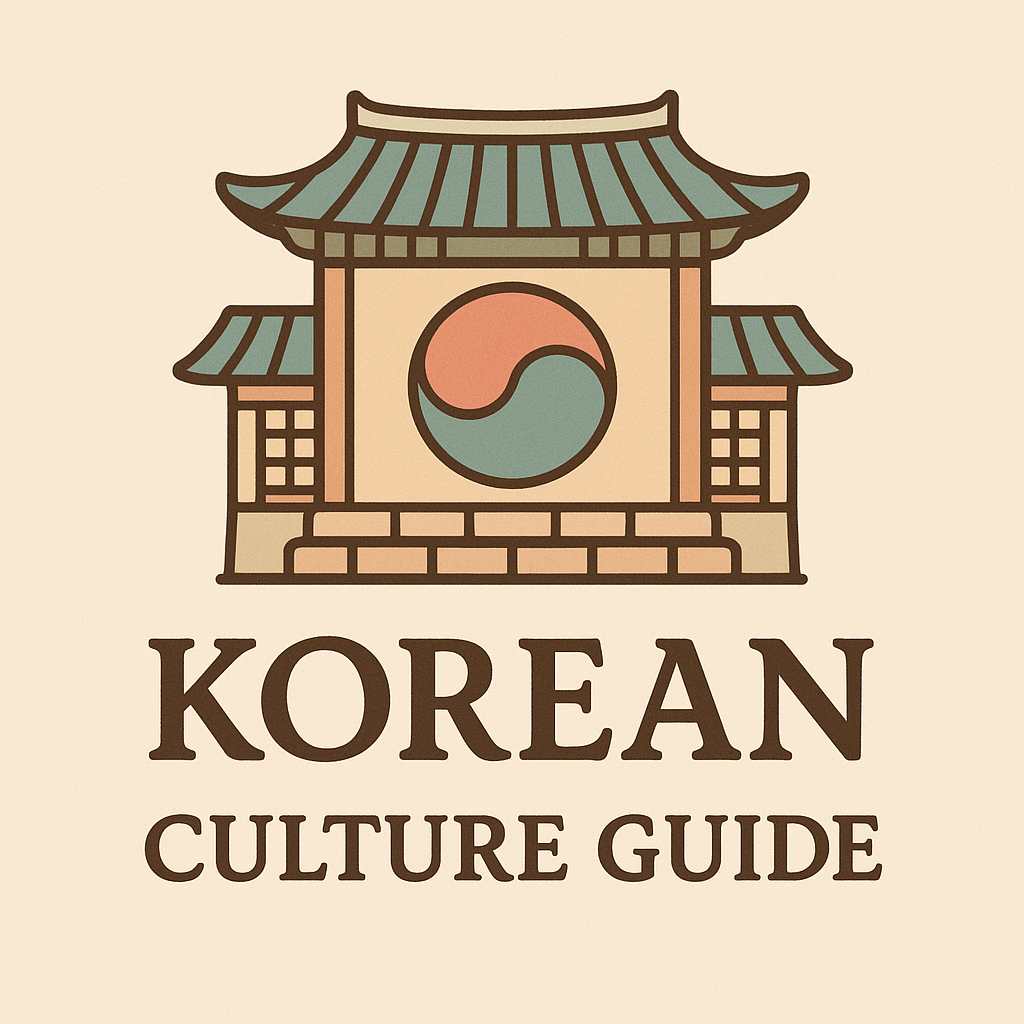-
contents
The Meditative World of Korean Calligraphy
Traditional Korean calligraphy is far more than beautiful script on rice paper. It is a deeply reflective practice rooted in centuries-old philosophies of balance, harmony, and mindfulness. Each tool — from the inkstone to the brush — is not only functional but also symbolic. They represent a physical embodiment of the calligrapher’s inner state.
In our fast-paced digital era, understanding these traditional tools offers more than historical insight — it provides a path back to intention, presence, and inner peace. This article explores how Korean inkstones and calligraphy instruments serve as vehicles of mindfulness, offering valuable lessons for today’s overconnected world.
The Inkstone: Stillness Before Creation
Why the Inkstone Is the Heart of Meditative Calligraphy
The inkstone, known as “byeoru” (벼루) in Korean, is where everything begins. Made from natural stone, it is used to grind solid ink sticks into liquid ink with water. This process may seem simple, but it demands patience and quiet focus.
- A Ritual of Slowness: The deliberate motion of grinding ink calms the mind and centers attention. There’s no shortcut — just a rhythm between stone, stick, and soul.
- Symbol of Readiness: In Confucian thought, a clean, prepared inkstone reflects a prepared heart. It teaches us that before we create anything meaningful, we must first be still and clear within.
Inksticks: Concentrated Essence of Intention
Solid Ink, Solid Focus — The Mindful Craft of Making Ink
Unlike modern bottled ink, traditional Korean inksticks are made from soot and glue, molded into elegant shapes, and sometimes engraved with poetry or proverbs.
- Precision in Simplicity: Using an inkstick is a mindful act. You choose how much to grind, how dark or light the ink should be. Every decision reflects your intention and awareness.
- Echoes of Legacy: Some inksticks are passed down through generations, carrying not only artistic lineage but spiritual continuity — a reminder to honor the present as we link with the past.
Brushes: Extension of the Breath
Mastering Control and Flow Through Traditional Brushes
Calligraphy brushes, or “붓 (but)”, are crafted from bamboo and animal hair, often goat or weasel. Each brush stroke must flow naturally — yet it’s the control over that flow that reveals the practitioner’s state of mind.
- Breathing with the Brush: The way the brush touches and leaves the paper reflects the rhythm of breath. Tension results in jagged lines; calmness reveals elegance.
- Focus in Motion: Writing with a brush is not like typing or drawing. It demands total engagement. A distracted mind shows immediately in uneven strokes or broken forms.
Hanji Paper: Accepting Imperfection
What Traditional Korean Paper Teaches About Presence and Letting Go
Hanji (한지), the traditional paper made from mulberry bark, holds ink differently than Western papers. It absorbs quickly and unforgivingly. There’s no erasing. No undo button.
- One Stroke, One Chance: This teaches presence. You can’t go back and fix a mistake, so each stroke must be made with full attention.
- The Beauty of Imperfection: Hanji embraces wabi-sabi — the beauty of imperfection. Slight ink bleeds and inconsistencies are part of its charm, echoing the natural flaws of being human.
The Writing Mat and Tool Arrangement: Outer Order, Inner Calm
The Mindful Setup Behind Every Brush Stroke
Before calligraphy even begins, every tool must be arranged — the inkstone at the top-left, inkstick nearby, brush laid horizontally, paper perfectly centered. This setup isn’t just for tradition; it’s a ritual of mindfulness.
- Creating Sacred Space: The act of preparing your tools is itself meditative. It signals your mind to shift into focus mode, similar to how monks prepare their altars.
- Discipline as Liberation: Having a clean, organized workspace isn’t restrictive — it’s freeing. When your external space is aligned, your internal space follows.
The Mindset of the Calligrapher: Patience, Intention, and Emptiness
How Practicing Calligraphy Shapes the Inner Landscape
In Korean calligraphy, the physical act of writing is secondary to the mental clarity behind it. Great calligraphers say you must "empty yourself" before writing a single word.
- Mindfulness as Foundation: Every stroke should come from a still mind. If you’re rushing or anxious, it will show in the art.
- Calligraphy as a Mirror: Your brush doesn’t lie. It reflects your emotional state. Over time, practicing this art becomes a daily check-in with yourself — are you present? Are you centered?

A Modern Lesson from Ancient Tools
Korean inkstones and calligraphy tools aren’t relics of the past — they are living guides to mindful living. They teach us to slow down, pay attention, and act with purpose. In a world obsessed with speed and efficiency, these tools invite us to embrace presence over productivity.
Whether you are an artist, a meditator, or simply someone seeking calm in chaos, the quiet discipline of Korean calligraphy offers a path worth exploring.
'culture' 카테고리의 다른 글
K_Culture Guide
Korea Vibes Blog shares real stories, cultural insights, and travel tips from Korea. Discover what makes Korean life so unique.
